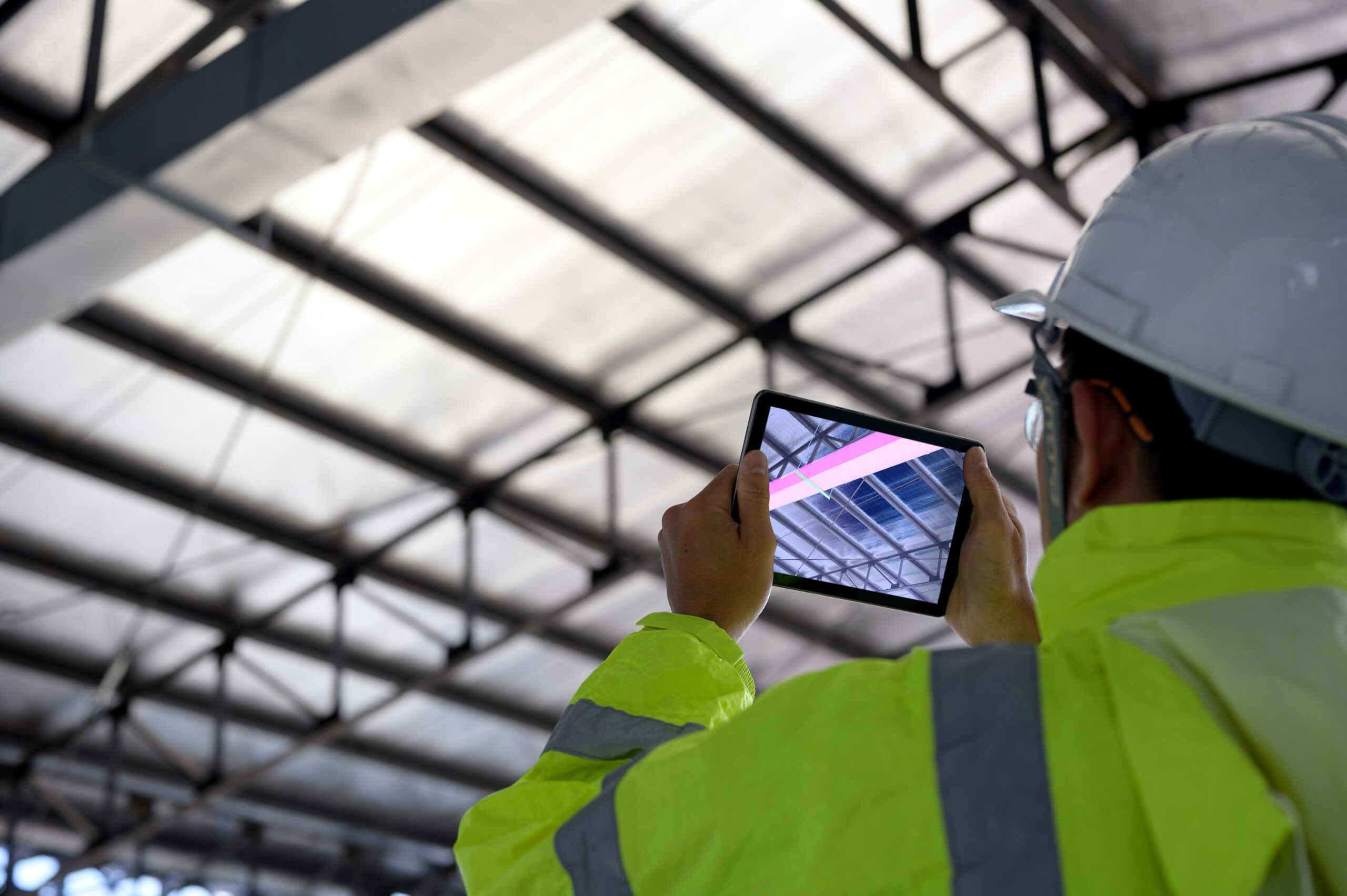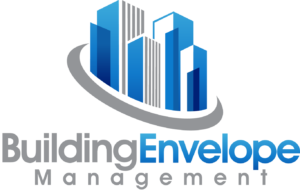
The term “building envelope” refers to the physical barrier between the conditioned interior of a building and the exterior environment. It includes components such as roofs, walls, windows, and doors. The primary function of the building envelope is to protect the interior from external elements such as wind, rain, heat, and cold, ensuring the comfort and safety of occupants. Additionally, a well-designed and maintained building envelope plays a crucial role in the energy efficiency of a building by minimizing heat loss in the winter and heat gain in the summer.
The building envelope’s integrity is vital for the overall health of a building. Any compromise in its components can lead to issues such as water infiltration, air leaks, and thermal bridging, which can significantly affect the building’s performance and the wellbeing of its occupants. Therefore, understanding the makeup and function of the building envelope is the first step in appreciating the importance of its regular inspection and maintenance.
Next, we’ll move on to discussing the importance of regular inspections and how they can prevent costly repairs while extending the lifespan of buildings.
Regular inspections of the building envelope are crucial for the early detection of potential problems, allowing for timely repairs that can prevent more costly interventions in the future. These inspections should be comprehensive, covering all components of the envelope, including the roof, walls, windows, and doors. By identifying issues such as cracks, leaks, and signs of wear and tear early, building owners can avoid the escalation of these problems into major damages that can compromise the structural integrity and safety of the building.
One of the key benefits of regular inspections is the potential to extend the lifespan of the building. Just like regular health check-ups can help in maintaining personal well-being, periodic building inspections ensure that every part of the building envelope is performing as expected. This not only preserves the building’s aesthetic appeal but also its functional and structural integrity. For instance, catching and repairing a minor roof leak early can prevent it from developing into a larger issue that could cause significant water damage, mold growth, and weaken the building’s structure.
Regular inspections also play a crucial role in planning maintenance schedules. By having a clear understanding of the condition of the building envelope, managers can prioritize repairs and allocate resources more effectively. This proactive approach to maintenance not only saves money in the long run but also minimizes disruptions to the building’s occupants.
Furthermore, consistent documentation of the building’s condition through regular inspections can be invaluable. It provides a historical record of the building’s maintenance, which can be beneficial for various reasons, including compliance with building codes, supporting warranty claims, and enhancing the property’s value by proving that it has been well-maintained.
In the next section, we will delve into how periodic inspections specifically contribute to the maintenance and longevity of critical building envelope systems, such as roofs and wall systems, and illustrate with examples the common issues detected during these inspections.
Periodic inspections are a cornerstone in maintaining the health and extending the useful life of building envelope systems, such as roofs, walls, windows, and doors. These inspections, when conducted regularly, can uncover minor issues before they escalate into major problems that require expensive repairs or replacements.
Roof Systems
The roof is one of the most critical components of the building envelope, exposed to environmental elements more than any other part of the building. Over time, roofs can suffer from various issues, such as leaks, punctures, blistering, and shrinkage, which can compromise the building’s interior if not addressed promptly. Regular inspections help identify these issues early on, allowing for repairs that can extend the roof’s lifespan significantly. For example, fixing a small leak promptly can prevent water damage to the underlying structures and interior spaces, avoiding more extensive and costly repairs.
Wall Systems
Wall systems, including exterior cladding, masonry, and fenestration, play a crucial role in protecting the building from moisture, thermal variations, and mechanical damage. Issues like cracks, efflorescence, or detachment can affect not only the building’s thermal performance but also its structural integrity and aesthetic value. Periodic inspections can detect such problems early, facilitating timely repairs that maintain the wall system’s performance and appearance. Preventative maintenance, such as sealing cracks or replacing damaged sections, can prevent water ingress and thermal losses, thus preserving the building’s condition over time.
Windows and Doors
Windows and doors are essential for security, lighting, ventilation, and thermal efficiency. However, they can also be weak points in the building envelope if not properly maintained. Issues like broken seals, rotting frames, or cracked panes can lead to energy losses and security vulnerabilities. Through regular inspections, these problems can be identified and rectified quickly, maintaining the functionality and efficiency of windows and doors.
Regular inspections not only ensure the longevity of these critical systems but also contribute to the overall energy efficiency and comfort of the building. By addressing issues promptly, buildings can maintain optimal performance, reducing energy costs and enhancing occupant comfort.
In the next section, we’ll explore the financial benefits of regular inspections, focusing on how they can aid in warranty and insurance claims, providing a tangible return on investment for building owners and managers.
Financial Benefits of Regular Inspections
The financial implications of regular building envelope inspections go beyond just saving on repair costs. These inspections can significantly impact warranty claims, insurance processes, and overall building value, providing a tangible return on investment for property owners and managers.
Many components of the building envelope, such as roofing materials, windows, and exterior cladding, come with manufacturer warranties that can cover repairs or replacements if failures occur within a certain period. However, these warranties often require regular maintenance to remain valid. Regular inspections ensure that all conditions of the warranty are met, documenting maintenance efforts and the condition of materials over time. Should a failure occur that falls under warranty, the detailed records from periodic inspections can streamline the claim process, making it easier for building owners to receive the benefits they are entitled to.
Facilitating Insurance Claims
In the event of damage from storms, fires, or other covered events, insurance claims can be complicated and time-consuming. Insurers require comprehensive documentation of the damage and proof that the property was well-maintained prior to the event. Regular building envelope inspections provide a historical record of the building’s condition, demonstrating due diligence in maintenance. This documentation can be crucial in substantiating claims, potentially leading to quicker settlements and better outcomes for building owners. Moreover, it can help in negotiating lower insurance premiums by proving that the property is at a lower risk of damage due to proactive maintenance.
Increasing Property Value
A well-maintained building envelope not only protects the occupants and contents but also contributes to the overall value of the property. Regular inspections and maintenance can enhance a building’s appeal to potential buyers or tenants, who often consider the condition of the building envelope as a key factor in their decision-making process. Moreover, a history of diligent maintenance and inspections can be a selling point, showcasing the owner’s commitment to preserving the property’s condition and performance.
Cost Savings
Ultimately, the cost savings from regular inspections can be substantial. By identifying and addressing minor issues early, building owners can avoid the expenses associated with major repairs or replacements. Additionally, maintaining the building envelope in top condition can lead to energy savings, reducing operational costs over time.
In the final section, we’ll provide guidance on implementing a regular inspection program, including best practices and considerations for building owners and managers.
Implementing a regular inspection program is a strategic approach to maintaining the integrity and functionality of a building envelope. This section provides a roadmap for building owners and managers to establish an effective inspection routine.
Establishing an Inspection Schedule
Choosing the Right Inspectors
Inspection Checklist
Documentation and Follow-Up
Professional Assessments
By establishing and following a regular inspection program, building owners and managers can ensure the longevity and performance of the building envelope, thereby protecting their investment and enhancing the safety and comfort of occupants.
Regular building envelope inspections are a critical component of property maintenance, offering significant financial benefits, extending the lifespan of the building, and ensuring the safety and comfort of its occupants. By adopting a proactive approach to inspections and maintenance, building owners can avoid costly repairs, support warranty and insurance claims, and maintain the value of their property. Implementing a regular inspection program is not just a best practice; it’s a strategic investment in the building’s future.
